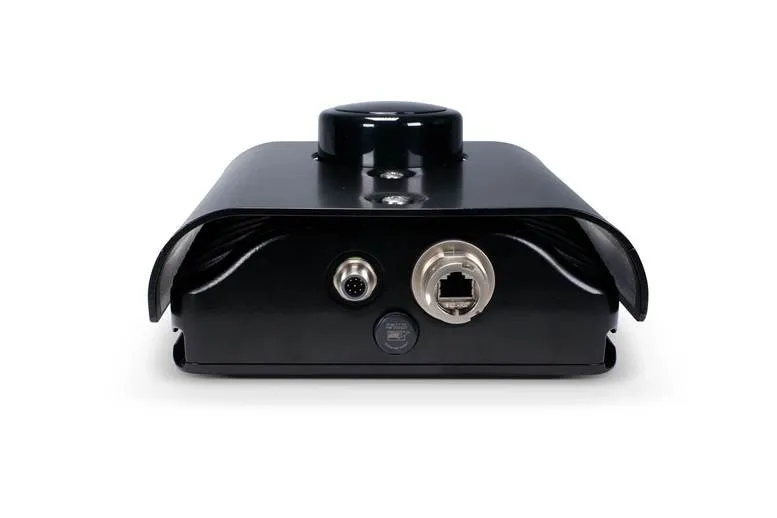Sicore is the new-generation ANPR (Automatic Number Plate Recognition) camera system designed by Siemens Mobility to read number plates automatically. The company says Sicore caters for a wide range of applications in parking space monitoring and security, vehicle speed and journey time measurement, as well as toll collection. Sicore can scan up to two lanes of traffic and even opposite directions of travel at the same time. The operating range is 5 to 30 metres for single-lane and 10 to 35 metres for two-l
February 2, 2012
Read time: 1 min

Sicore is the new-generation ANPR (Automatic Number Plate Recognition) camera system designed by 120 Siemens Mobility to read number plates automatically. The company says Sicore caters for a wide range of applications in parking space monitoring and security, vehicle speed and journey time measurement, as well as toll collection.
Sicore can scan up to two lanes of traffic and even opposite directions of travel at the same time. The operating range is 5 to 30 metres for single-lane and 10 to 35 metres for two-lane surveillance. The integrated recognition and reading technology can attain maximum read rates at vehicle speeds of up to 200 km/h. Special algorithms enable the system to recognise license plates from many different countries. This high level of data quality is attainable both day and night, thereby reducing the necessary post-processing effort and providing an overall cost-efficient solution.
Sicore can scan up to two lanes of traffic and even opposite directions of travel at the same time. The operating range is 5 to 30 metres for single-lane and 10 to 35 metres for two-lane surveillance. The integrated recognition and reading technology can attain maximum read rates at vehicle speeds of up to 200 km/h. Special algorithms enable the system to recognise license plates from many different countries. This high level of data quality is attainable both day and night, thereby reducing the necessary post-processing effort and providing an overall cost-efficient solution.










